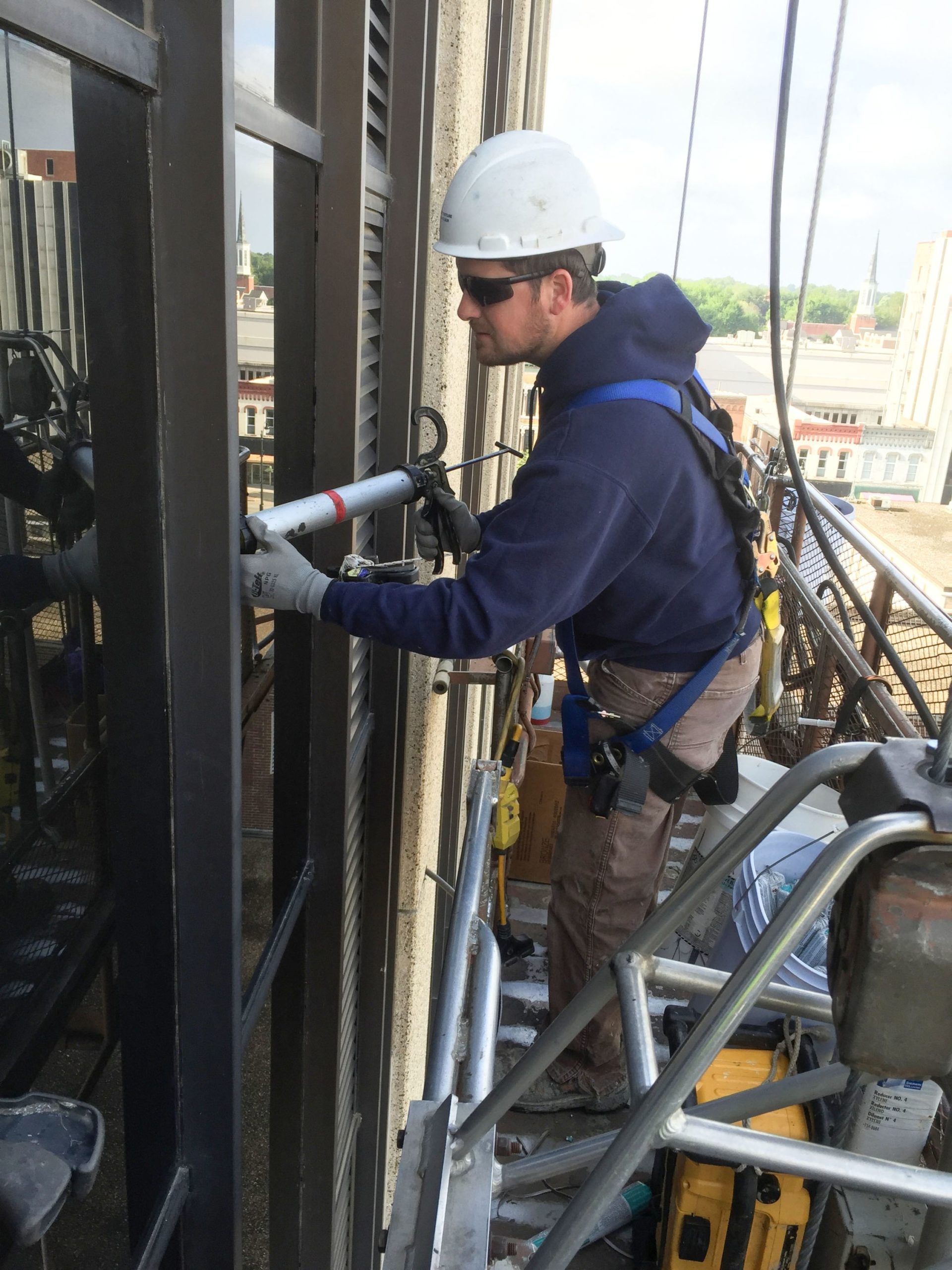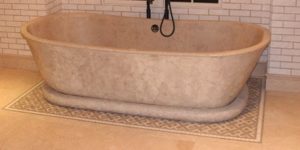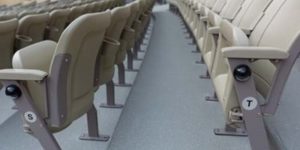 A building’s envelope is described as any component of a building that touches the outside air and repels the elements. This includes things such as the roof, walls, doors and windows. There are also some not-so-obvious parts of a building’s envelope that often get overlooked. These include things such as the lighting, handrails, signs, steps, pavement, concrete slabs, mechanical equipment and decorative features. However, it’s important to take into consideration a building’s entire envelope. This includes the not-so-obvious parts, like maintaining transitions between components, when it comes to waterproofing the exterior. This is according to the experts at Western Specialty Contractors.
A building’s envelope is described as any component of a building that touches the outside air and repels the elements. This includes things such as the roof, walls, doors and windows. There are also some not-so-obvious parts of a building’s envelope that often get overlooked. These include things such as the lighting, handrails, signs, steps, pavement, concrete slabs, mechanical equipment and decorative features. However, it’s important to take into consideration a building’s entire envelope. This includes the not-so-obvious parts, like maintaining transitions between components, when it comes to waterproofing the exterior. This is according to the experts at Western Specialty Contractors.
“The reason that this is so important is because a building envelope has to have all of those elements that are a part of it to be 100% waterproof, if you’re going to keep water from damaging the interior spaces,” says Teddy Williams. Williams is the Content Marketing Manager at Western Specialty Contractors.
“Look at waterproofing like an offensive line of football. An offensive line has five players whose job it is to protect the quarterback, and if four of those guys block really well, but the fifth player gives up a sack, it really doesn’t matter how well those four other players performed because the end result is the same; the defense still sacks the quarterback. That’s kind of how waterproofing a building is. All of the elements can work really well, but if one part doesn’t do its job and lets water in, then it really doesn’t matter how well those other parts were doing at their job.”
90% / 1% principle
Coined as the 90%/1% principle by author Michael Kubal in his book The Construction Waterproofing Handbook, a small area of a building, or one percent, is basically going to cause the majority of a building’s problems.
“If you can control and manage this one percent area, a lot of your building’s moisture issues are going to be solved, and you’re going to have a lot easier time in terms of waterproofing your building,” said Williams.
According to Western’s experts, there is just one percent area of a building that causes most of the moisture problems. This is the gap where one component transitions into another.
Examples of where there are moisture issues
- Spot a door meets a surrounding wall
- Where the glass of a window meets the metal frame
- Location where the metal frame meets the surrounding wall
- Where a handrail meets the brick
“If the sealants, glazing or caulk joints at these transition points are failing or absent, water is sure to seep in and cause damage over time,” said Williams. “These small areas of a building’s envelope can cause the greatest damage. You should closely monitor and maintain them consistently to protect the overall building.”
For more information about waterproofing, contact the Western Specialty Contractors branch location nearest you: http://www.westernspecialtycontractors.com/western-locations/.
About Western Specialty Contractors
Family-owned and operated for more than 100 years, Western Specialty Contractors is the nation’s largest specialty contractor in masonry and concrete restoration, waterproofing and specialty roofing. Western offers a nationwide network of expertise that building owners, engineers, architects, and property managers can count on to develop cost-effective, corrective measures that can add years of useful life to a variety of structures including industrial, commercial, healthcare, historic, educational and government buildings, parking structures, and sports stadiums. Western has its headquarters in St. Louis, Missouri with 30 branch offices nationwide. Additionally, the company employs more than 1,200 salaried and hourly professionals who offer the best, time-tested techniques and innovative technology. For more information about Western Specialty Contractors, visit www.westernspecialtycontractors.com.














